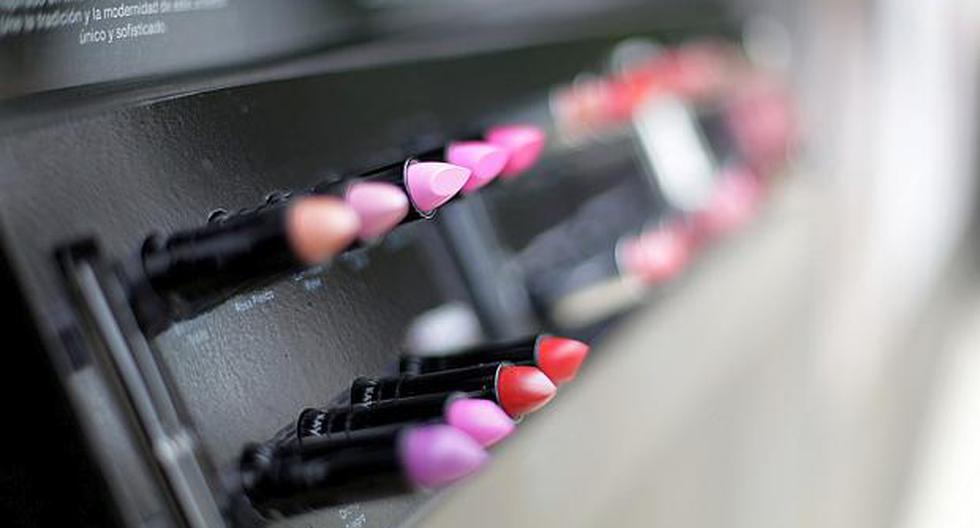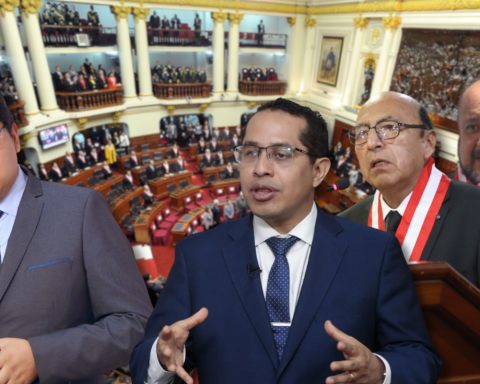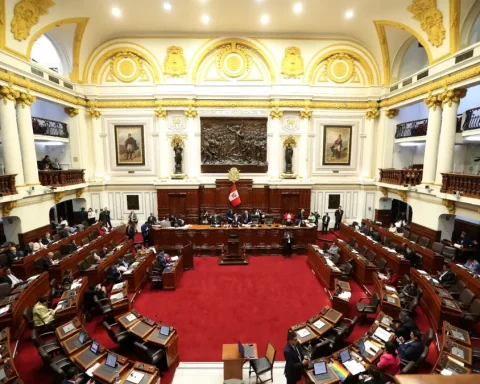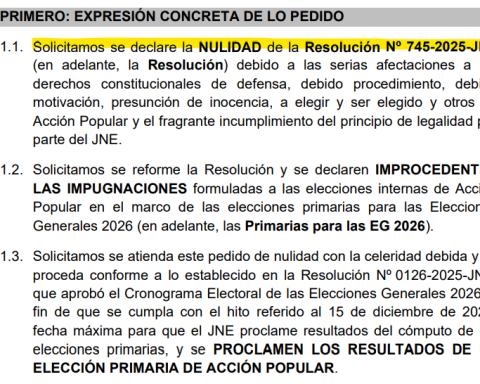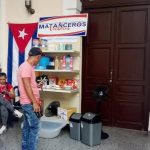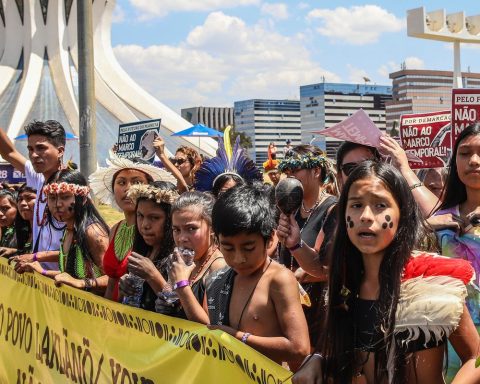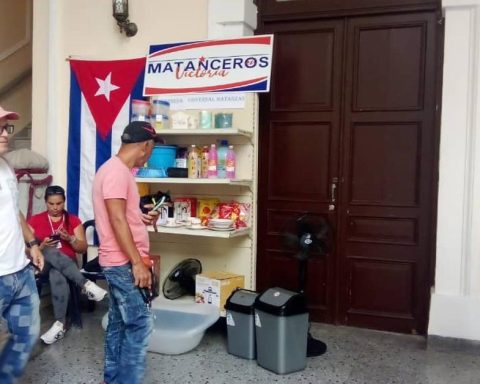Sales of the cosmetics and personal hygiene sector would add S/ 8,000 million at the end of the year, a figure that would represent a growth of 6% compared to 2021, estimated the Guild of Cosmetics and Personal Hygiene (Copecoh) of the Lima Chamber of Commerce (CCL).
“This result would be driven particularly by the growth in the facial and body treatment categories, the rebound in the fragrance and makeup categories, and the further increase in categories such as personal hygiene and hair care, which, at the beginning of the year, we projected a decrease and which today they report the largest market figures historically”, specified the president of Copecoh of the CCL, Ángel Acevedo.
First half result
In the first half of 2022, the Peruvian cosmetics industry registered an advance of 6%, reporting sales of S/ 3,808 million, compared to the same period in 2021, the CCL said. He added that, in relation to the pre-pandemic period, that is, 2019, the sector grew 3%.
He specified that this growth was driven by the expansion of six categories. In the case of personal hygiene, whose growth was 3% versus the same period of the previous year, reaching sales of S/ 1,039 million. Moreover, when compared to the first half of 2019, a significant growth of 23% is observed.
Likewise, the hair and fragrance categories registered advances of 9% (S/ 925 million) and 5% (S/ 783 million), respectively. It is followed by makeup with an increase of 17% (S/ 484 million), body treatment with 4% (S/ 296 million) and facial treatment with 6% (S/ 282 million).
Sales channels
Regarding sales channels, Ángel Acevedo stated that, in the first half of this year, the retail channel represented 53%, versus 46% of direct sales. While the e-commerce channel reached 8%, of which 4% comes from direct sales, 3% from the retail sector and 1% exclusively from sales only electronically.
In this sense, the president of Copecoh of the CCL highlighted the positive evolution of e-commerce in the sector, which has been driven above all by changes in consumer purchasing habits that occurred as a result of the pandemic.
